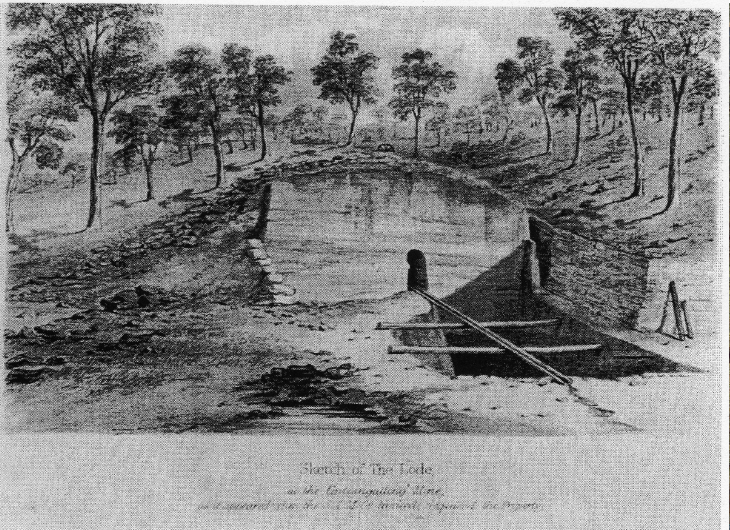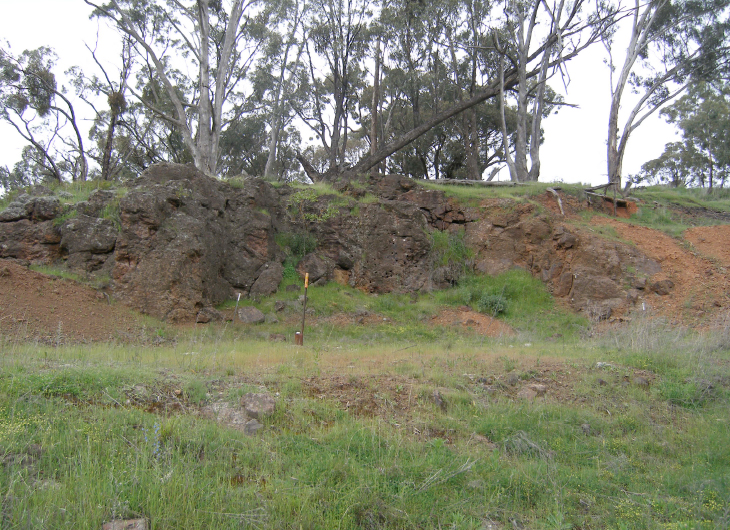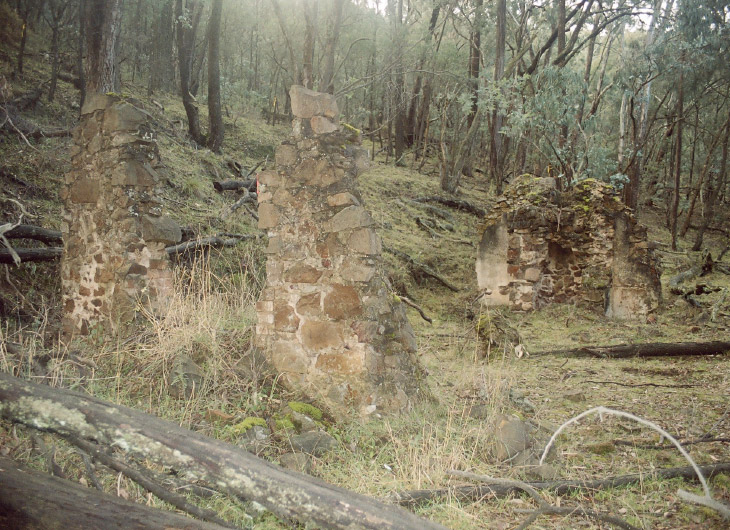Historical Timeline
- 1820s to 1840s
- 1850s
- 1860s
- 1870s to 1890s
- 1900s – 1940s
Early attempts at copper mining at Cadia 1850s -1861
Little Cadia.
No sooner had they purchased the land than the investors sought to exploit its mineral wealth. The Canoblas Mining Company was active at Little Cadia, possibly from 1856, but certainly from 1859. The historical name of the company is spelt as a variation on the name of Mt. Canobolas nearby. We find the names of those associated with the mine from a neighbouring property transaction, bought in the name of the company. In 1859, the Trustees were:
William Tom, Cornish Settlement, Esquire.
George Hawke.
Richard Lane, Cornish Settlement, farmer.
Edward Nicholls, of Sydney, but previously of Orange, storekeeper.
Other investors in the company were:
James Lane.
Thomas Geake Lane, tallow chandler, Orange.
John Peisley, Orange, storekeeper.
John Johns, Cadia, miner.
This is the earliest indication of Cornish involvement in the copper mining of the Cadiangullong Valley, though the Cornish were to have a much greater influence and involvement in the mines at Cadia itself.
From 1829 William Tom and his family played a major role in the establishment of Byng, also known as the Cornish Settlement, near Bathurst. He was intimately involved in the discovery of payable gold in New South Wales in 1851, although the credit was taken by Edward Hargraves.
The Canoblas Mining Company ceased operations between December 1861 and 1865.
East Cadia.
The property owners may have also worked the copper deposits for themselves at East and West Cadia, on banks of the Cadiangullong Creek. An article, published in the Sydney Mail on 16 September 1865, recalling the original mine workings:
“The original workings were carried out upon an outcrop of blue and green carbonate found on the eastern bank of the creek; but when the then company merged into the one at present conducting the operations, the work was carried off to the opposite side of the creek, and on to the face of two large hills that hem in the valley to the westward. These are known as the South Section and the North Section.”
The workings at East Cadia could date from 1855, when the land was purchased by the investors.
But none of these enterprises were to compare with the extent of work undertaken by the Scottish Australian Mining Company in the 1860s.


